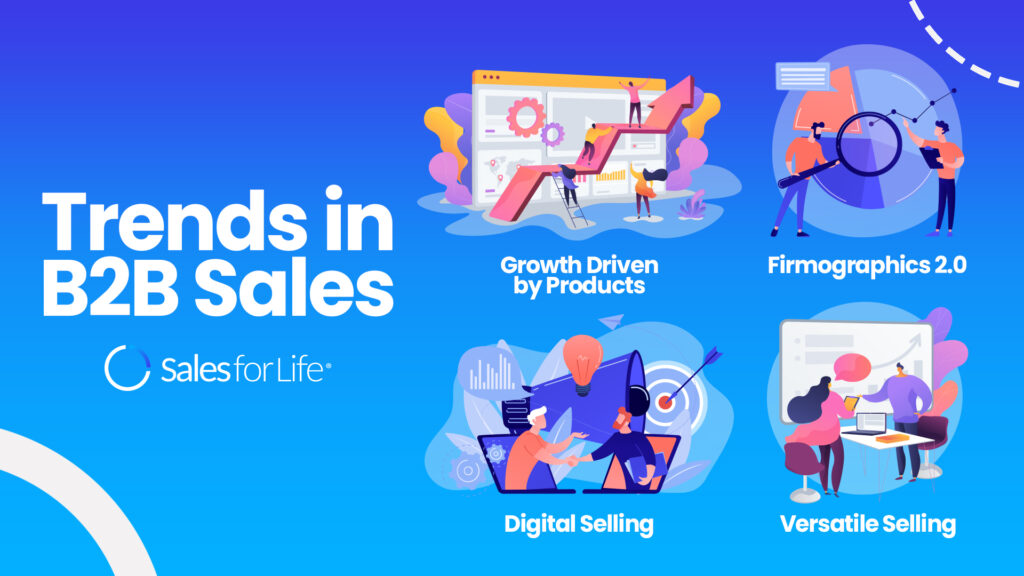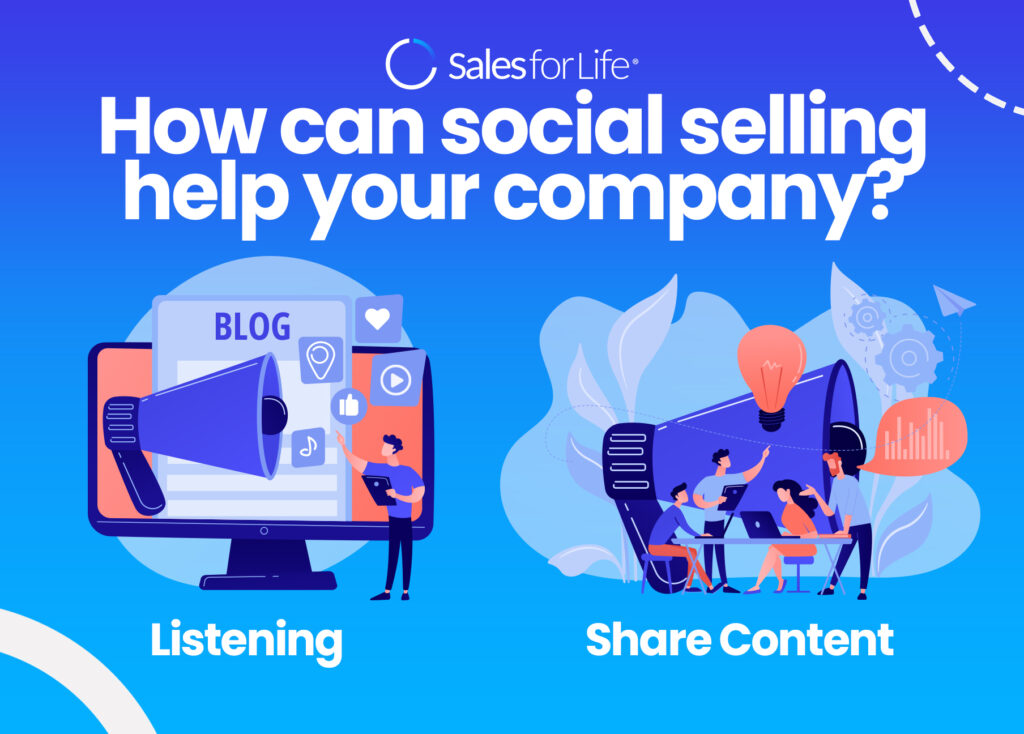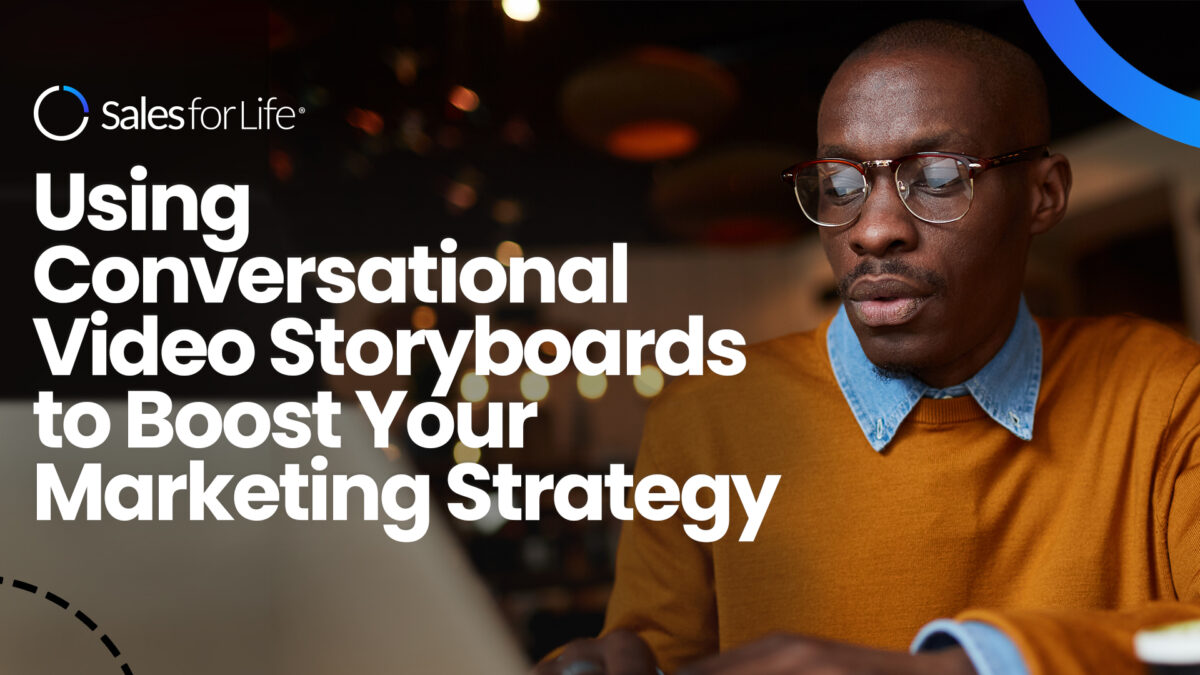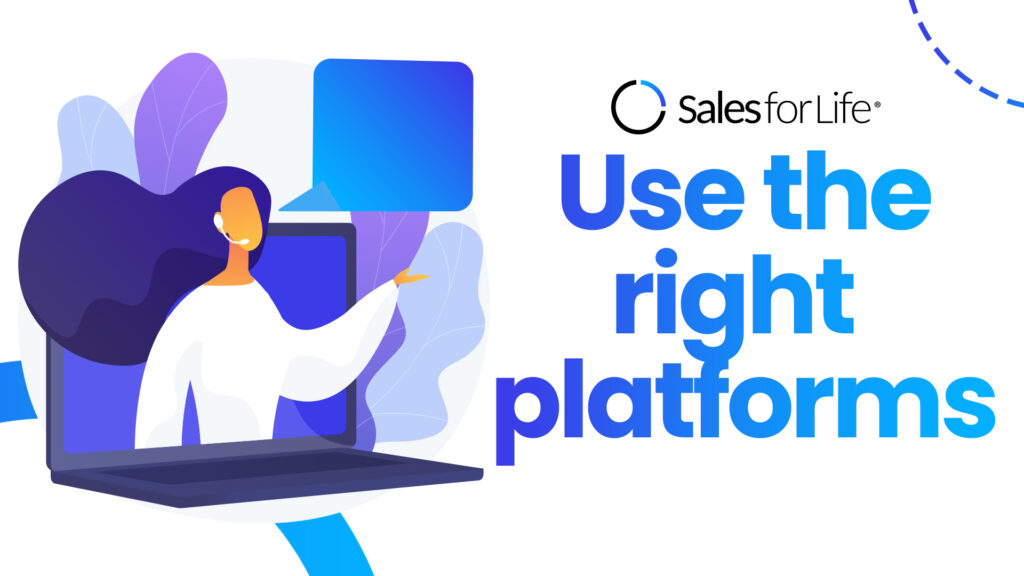B2B selling has evolved in recent years, although at a glacial rate, as the digital world has provided expanded access to data and enhanced insights. While the COVID-19 pandemic continues to cause issues for many businesses, and the gap between surviving and shutting down hangs on a knife’s edge, the online sales movement has gone from zero to sixty in a matter of days.
To deal with this new reality, sellers are expanding their emotional intelligence to attract new consumers and ease the worries of existing ones, using new selling approaches, bolstering their customer service skills, and using new sales technology.
It has been said that the future of sales is the irreversible shift of organizations’ sales and marketing tactics, procedures, and allocation of resources to a buyer-centric model, as well as the shift from analog selling process to highly automated, virtual client engagements.
There is now a growing emphasis on sellers’ roles and the tools and technology that may assist them in doing what they do best. That’s the basis on which we’re forecasting sales patterns and trends in the years to come.

Trends in B2B sales
Growth Driven by Products
If you operate in the software sector, you’ve undoubtedly heard the phrase product-led expansion a few times. Companies, as you may know, can have a variety of growth and revenue strategies. Some companies rely on sales-driven growth, while others rely on marketing-driven growth. Product-led growth is the newest buzzword. It’s a marketing strategy in which sales and customer retention are all predominantly driven by the product.
Firmographics 2.0
Firmographic data sets, such as size, location, and industry, are without a doubt the most often utilized prospecting and ideal customer profile criteria. These factors guide the judgments of millions of sellers throughout the world on who to approach and not.
When it comes to firmographics, we’ve depended on very static and limited data sets for decades. The primary address is used as a location indication, while standard industry designations are used as industry information.
Sales tech developments are seen to improve firmographics data gathering. When machine learning methods can profile organizations with much greater accuracy, outdated and generally 10-15-year-old sector codes can be discarded.
Today, revenue teams may now choose from a variety of areas, including 3D technology, data visualization, network security, and green technology.
The same may be said for data on location and business size. Target groups may now be built based on the headquarters site and sub-locations.
Moreover, rather than focusing just on revenue and employee numbers, perhaps a focus on growing momentum is a preferable selection criterion as well. What is the rate of growth in online traffic, and how are searching and hiring volumes behaving? Sales and marketing personnel will become more precise in the years to come, which we refer to as firmographics 2.0 in targeting.
Digital sales
Modern selling will become highly automated. Sales teams will devote more time to larger possibilities that need a consultative approach, discovery sessions, and customized bids. More individuals will become involved, both as buyers and sellers.
Client-facing digital portals and microsites will grow in popularity as a result of these broader sales processes. Parties can share important documents, communicate with one another, and create customized bids for potential leads.
In reducing any buyer friction before the contract is signed, the purpose is to deepen the connection. These portals also allow vendors to evaluate the material their clients watch and engage with, which is essential for determining which content has the most impact.
Versatile sellers
The COVID-19 pandemic has solidified omnichannel interactions as the preferred sales channel for B2B companies. When given the option of in-person, distant, or e-commerce channels, buyers have demonstrated that they desire all of them. Sales models will become hybrid as purchasing becomes multichannel.
A versatile salesman communicates with consumers via phone, emails, online chat, video, applications, and in-person appointments on occasion. This will almost certainly result in channel disputes, as well as a significant need to rethink the onboarding process for new sellers.
As the sales and revenue operations team transitions from a multichannel to an omnichannel approach, attribution becomes even more critical. However, it may result in channel conflicts, such as when two agents approach and engage with the same consumer at the same time, disrupting the buyer experience.
Most sales executives, who began their careers using a more linear sales style, will need to return to school to improve their abilities in all of these new tools and apps. Proposals may be participatory and trackable, and the first point of contact doesn’t have to be a well-written email or a well-rehearsed cold-call script, but rather something altogether different, such as a customized video message sent right to recipients’ social network inboxes.
Conclusion
This year, innovation, expertise, and transparency will continue to merge in B2B sales to answer the concerns of corporate buyers. The trend is turning toward account-based selling and digital transformation, driven by client behavior and sales technology.
It’s time to do an honest self-evaluation and figure out what will help your sales organization rise with the tide and what will sink it.













